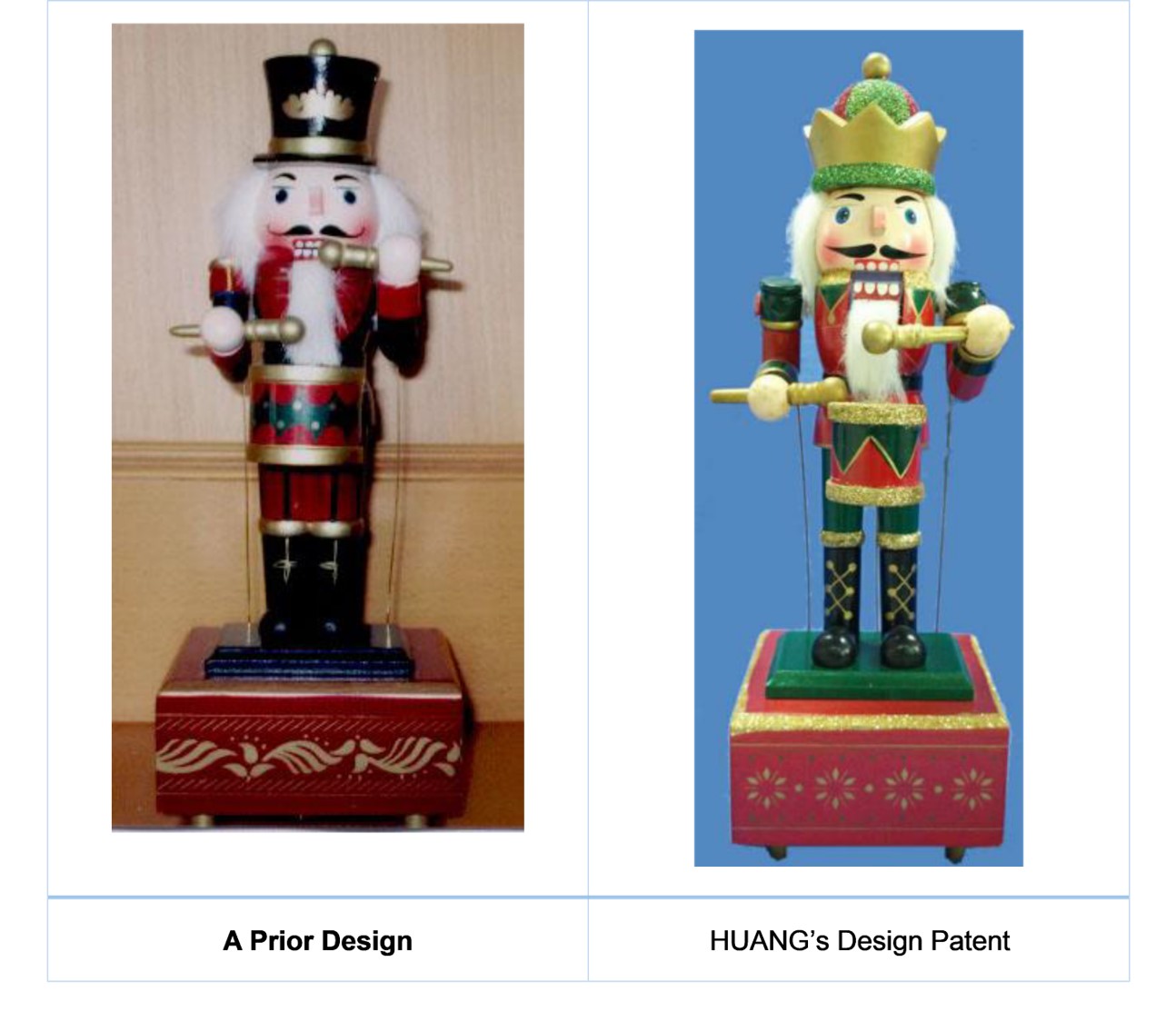Resources
Nov 09,2022
Newsletter n° 39 WHD Case: PT | Creating consistency across civil and invalidity action involving same design patent (IAM)
Feng (Janet) Zheng, first published by IAM
In China, design patent infringement litigation often proceeds in parallel with the counter action - an invalidity proceeding instituted by the defendant challenging the validity of the design patent at issue. Since civil litigation and invalidity proceedings respectively fall within the remit of the judiciary and the China National Intellectual Property Administration (CNIPA), this could give rise to the application of inconsistent criteria in the parallel yet closely intertwined proceedings. Where a design patent’s validity is maintained for incorporating certain features that differentiate it from the prior design, if in the meantime the accused infringing product also has certain distinguishing features from the design patent, could infringement still be established?
Kidsland is a leading toy brand operator in China. It was sued by a Chinese individual, HUANG Yongjun (HUANG), for design patent infringement on the grounds that one of Kidsland’s nutcracker toys featuring a drumming soldier standing on a podium (accused product) infringed his design patent.

HUANG filed patent infringement litigation before the Guangzhou IP Court against Kidsland. As a counter action, Kidsland filed an invalidation action against HUANG’s design patent before the CNIPA. There are quite a few prior nutcracker toy designs featuring a drumming soldier standing on a podium. Below is a comparison of one prior design and HUANG’s design patent.

The CNIPA maintained the validity of HUANG’s design patent. The panel held that, despite some common features the design shares with prior designs, it incorporates features that may distinguish itself from prior designs, including the shape of the soldier’s hat, the pattern of the soldier’s uniform, the shape of the drum and the podium, which made the overall visual effect of the design clearly different from prior designs.
The Guangzhou IP Court, without analysing the rationale behind the CNIPA’s invalidity decision, found that the accused product and the design are similar and confirmed Kidsland’s infringement liability. Kidsland appealed to the Guangdong High Court.
The court of appeal analysed the CNIPA’s invalidity decision. The court found that the common features shared by the accused product and the design are features disclosed by prior designs; while the difference between the accused product and the design are those features distinguishing the design from prior designs. The lower court erred in finding the accused product and the design to be similar based on the shared common features disclosed by prior design, and erroneously broadened the design’s protection scope. The court of appeal thus revoked the first instance decision.
It is paramount that courts and the CNIPA employ consistent criteria in assessing similarity of designs across infringement and invalidation proceedings. Another issue merits attention: the validity of the design patent at issue was maintained because the CNIPA sets a low bar as to the patentability of design patents. If the agency could recalibrate its patentability test of design patents on whether said design has achieved a new aesthetic visual effect, HUANG’s design would have been invalidated in the invalidity proceeding in the first place and saved the defendant trouble and money in filing an appeal.
